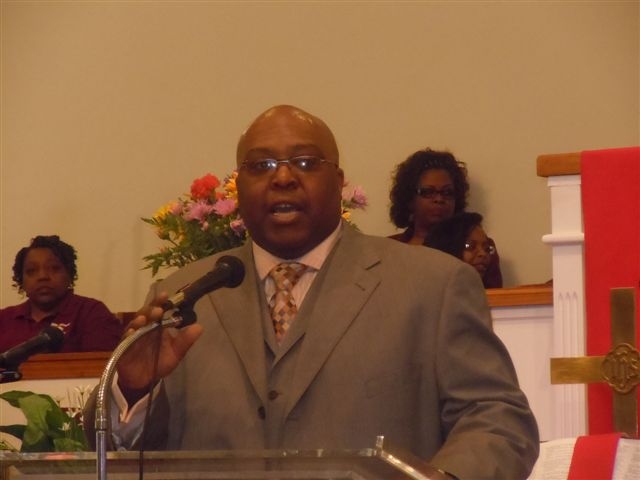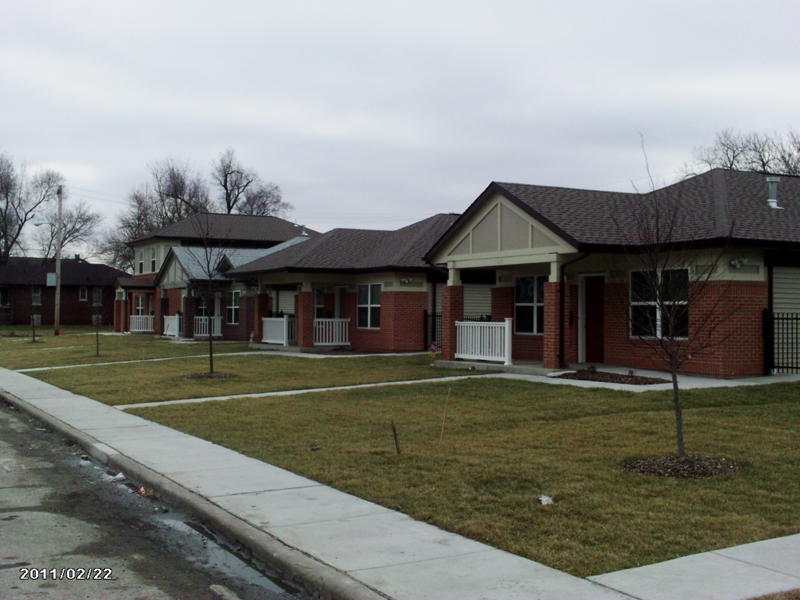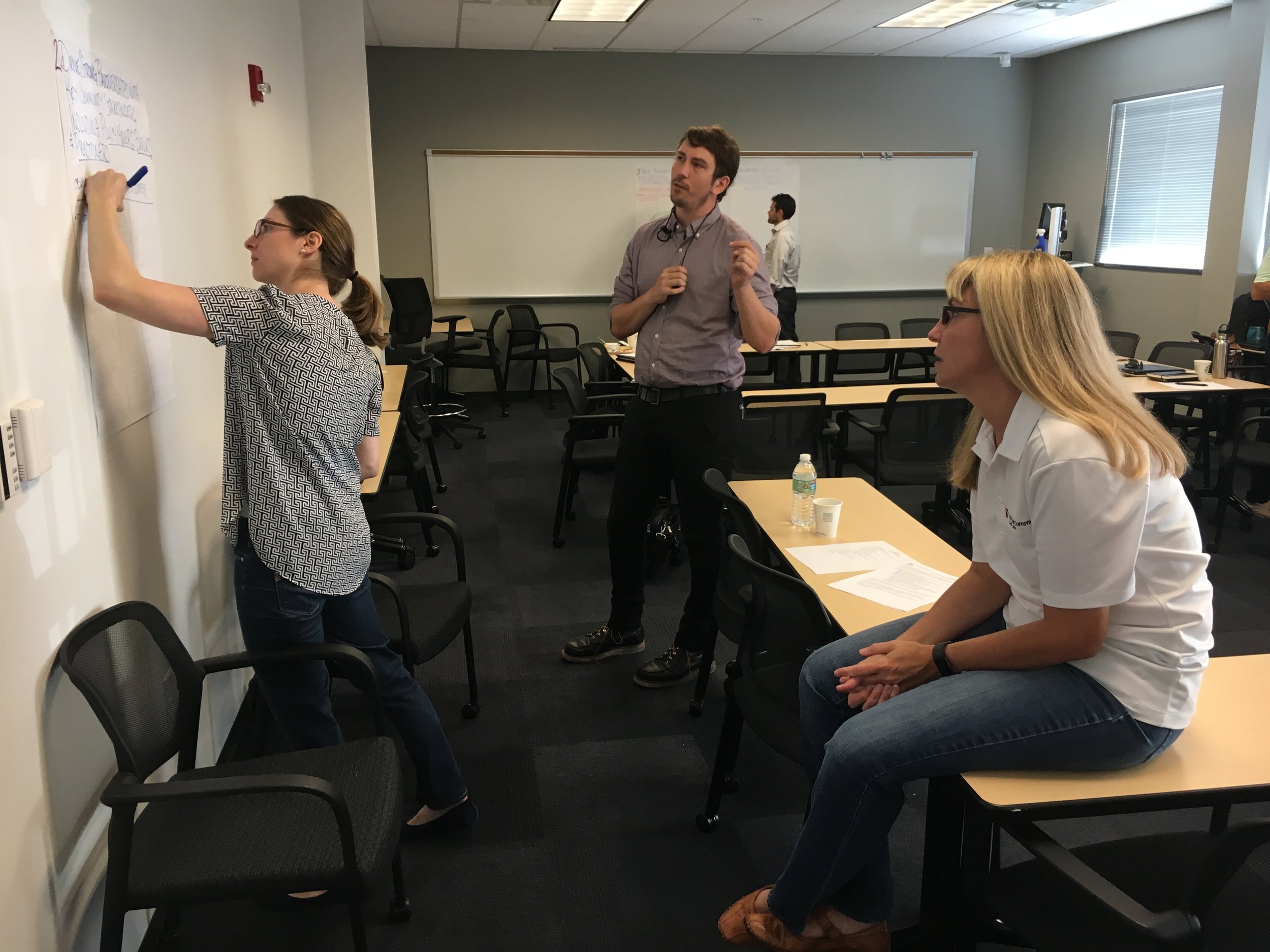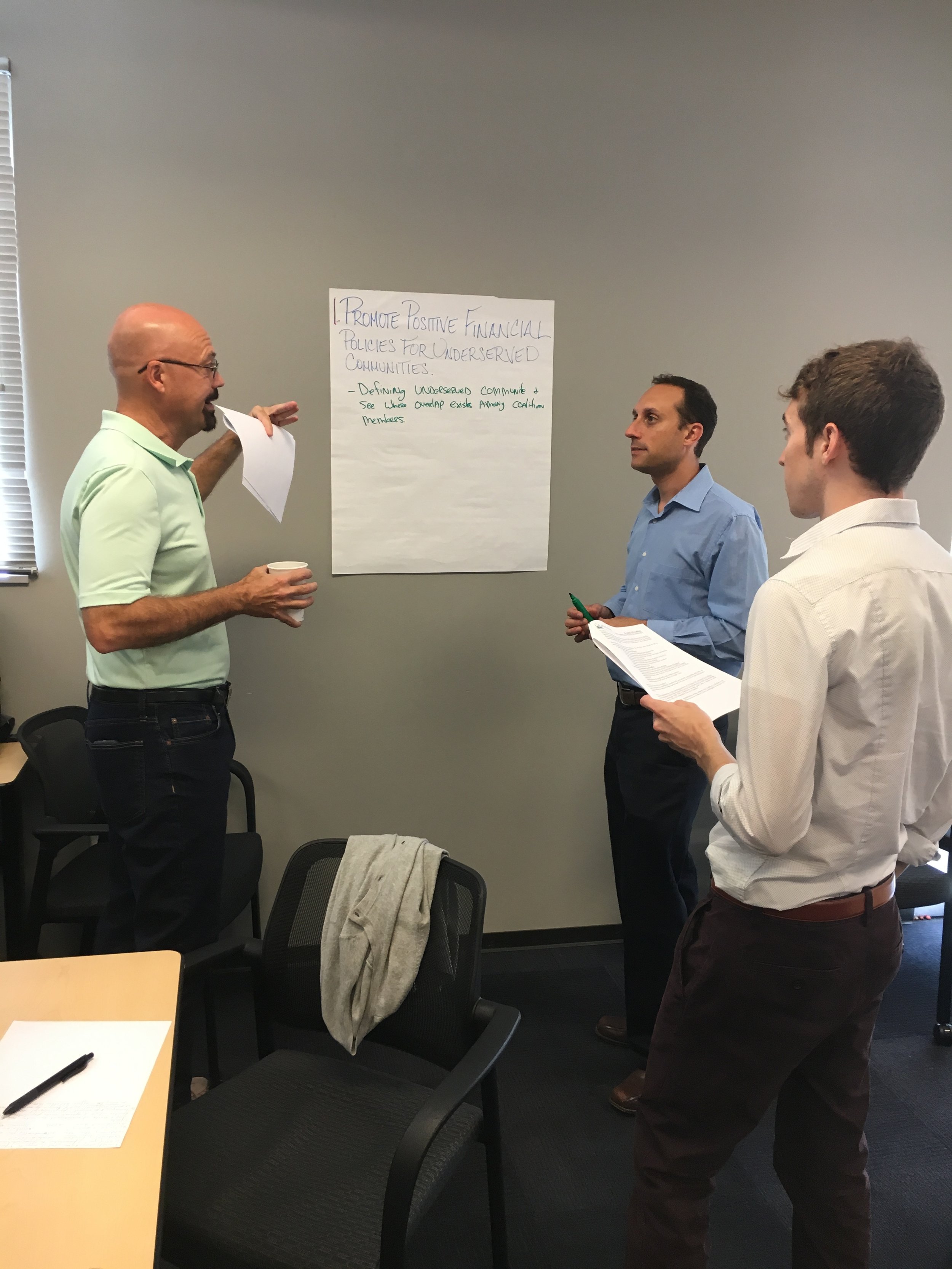When I was 4 years old, my dad lost his job as a welder. My mom’s morning shifts at McDonald’s and afternoon paper routes delivering the South Idaho Press weren’t enough to keep our home. We ended up living with my grandmother, in a tent, in a trailer, and finally in a rented house so infested with mice and bats that my brother, parents, and I all lived injust one room.
The second house my parents lost to foreclosure was a cabin my dad built, literally with his own two hands, in the mountains 30 miles east of Salt Lake City, Utah. Losing that home broke my parents. Their marriage didn’t survive, and in many ways, they didn’t survive. My mom struggled with an off-and-on painkiller addiction until she died in 2014, and my dad struggled with his own addiction issues for years.
My parents losing the only two homes they ever owned strongly shaped my childhood. The insane housing market of the 2000s and the collapse that followed also had a big impact on my young adulthood. These experiences are the reason I’m interested in the housing market and the effect housing policy has on people, neighborhoods, and the economy.
And very few (if any) cities have been shaped by housing policy as much as St. Louis has.
When my wife and I moved here almost five years ago, we chose to live in St. Charles simply because we could get a lot of house for the price, and I liked the idea of riding my bike or walking to a historic Main Street. When we chose St. Charles, I thought I was moving to the part of St. Louis that worked best for my family. I had no idea I was planting my flag in a bitter regional economic and racial divide.
That divide has many of its roots in housing policy. St. Louis, I learned, has a long and awful history of discriminatory housing policies that have helped keep specific communities impoverished for decades.
Some of the discriminatory housing practices and policies that have shaped our region share a common trait with the housing practices and policies that nearly destroyed the economy a decade ago:
A lack of transparency.
When lenders and federal housing officials redline specific neighborhoods, or lenders and federally insured bankers create complex mortgages that leave buyers with little to no understanding of harsh loan terms, it allows powerful institutions to take advantage of buyers by leveraging a lack of transparency. And the buyers getting taken advantage of almost always come from underrepresented groups.
Economists have a term to describe practices like the ones mentioned above. “Information asymmetry” exists in transactions where one side has more information than the other and abuses that advantage. Information asymmetry is practically a fundamental feature of the housing market, especially when it comes to transactions with low-income buyers.
One way to help reduce information asymmetry is with technology. A friend of mine, Bryan Bowles, is the founder of a St. Charles-based startup called Transactly. Bryan’s company is a digital platform that puts all the communication and documents that occur in a typical home sale in one easy-to-access place.
Tools like Transactly will make the housing market more transparent, and a transparent market is both more efficient and harder to abuse. Transactly has also positioned itself as a competitive advantage for agents, meaning buyers will hopefully choose to use agents who use the platform. It’s exactly the sort of market-based solution policymakers love to see. It’s introducing more transparency as a business advantage, not as a legal or regulatory requirement.
However, technology alone will not create a fairer and more equitable housing market.
No matter what you read, blockchain, bitcoin, or any other technology of the moment is not going to solve all our problems. Innovations in the housing sector can be easily abused. After all, no-down-payment mortgages and mortgage-backed collateralized debt obligations (CDOs) were innovations, and look how that turned out. Tech innovation must be coupled with policy that recognizes housing as not just a fundamental right, but a fundamental building block to a strong economy. I work in economic development and I actively participated in the effort to attract Amazon. However, our metropolitan area will not become the chosen destination for companies like Amazon until we start making a better attempt to fix historical inequities, many of which are rooted in housing policy.
Policymakers also must recognize that the economic inequality that defines our region isn’t a product of the free market. Rather, the drastic differences in wealth, educational opportunities, and even lifespan facing St. Louis area communities located just minutes from each other are the unnatural outcomes of predatory and discriminatory policies.
The economic inequality perpetuated by the St. Louis housing market will only be fixed with policies and programs that are specifically designed to fix inequities. Once that happens, technology can play an important role in making the housing market fair and lucrative for everyone involved—including homeowners from historically unrepresented communities.
***
Dustin McKissen is the Vice President of Entrepreneurship and Marketing for EDC Business and Community Partners. He is also a columnist for VentureBeat, Inc., Entrepreneur Quarterly, and CNBC, and a two-time LinkedIn Top Voice on management and culture. Prior to his work with the EDC, Dustin was a strategy and communications consultant for financial services, real estate, and economic development organizations. He holds a bachelors in public policy from Prescott College and a masters in public management from Northern Arizona University.
***
Articles in “From the Field” represent the opinions of the author only and do not represent the views of the Community Builders Network of Metro St. Louis or the University of Missouri-St. Louis.
We invite readers to contribute to the civic conversation about community development in St. Louis by writing an op-ed for the Community Builders Exchange. Op-eds should be short (400-700 words) and provocative. If you have an idea for an op-ed, contact Todd Swanstrom at swanstromt@umsl.edu.




























